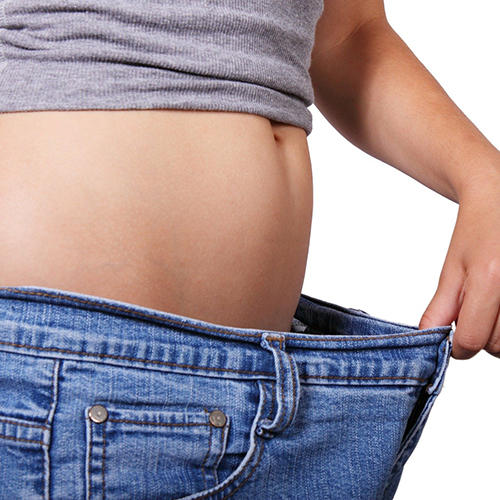Fitness, Weight Loss
Do sweat suits help fat loss?
Sweat suits, also known as sauna suits or sweat belts, are clothing designed to increase perspiration during physical activity. They are typically made of waterproof or non-breathable materials that trap heat, causing the body to sweat more profusely. The idea behind these suits is that by increasing sweating, you can lose more water weight, which may lead to temporary weight loss.
However, it’s essential to understand that sweat suits do not contribute to actual fat loss. The weight lost while wearing a sweat suit is primarily water weight, which can be quickly regained once you rehydrate your body. Sweating excessively without proper rehydration can lead to dehydration, which can be dangerous and have adverse effects on your health.
Fat loss occurs when you create a calorie deficit, meaning you burn more calories than you consume over time. Sustainable and healthy fat loss involves a combination of a balanced diet, regular physical activity, and lifestyle changes, not solely relying on sweating in a sweat suit.
Furthermore, wearing sweat suits during exercise may hinder performance and be uncomfortable. Excessive sweating can lead to overheating, exhaustion, and an increased risk of heat-related illnesses.
If your goal is fat loss, focus on adopting a well-rounded approach that includes:
- A balanced and nutritious diet that supports your energy needs and promotes a calorie deficit if necessary.
- Regular physical activity that includes a combination of cardiovascular exercises and strength training.
- Staying hydrated by drinking sufficient water throughout the day.
- Adequate rest and recovery to support your body’s overall health and performance.
Always consult with a healthcare professional or a certified fitness expert before making any significant changes to your exercise routine or diet, especially if you have any underlying health conditions. Remember that sustainable and long-term fat loss is about making healthy lifestyle choices rather than relying on quick fixes or gimmicks like sweat suits.


